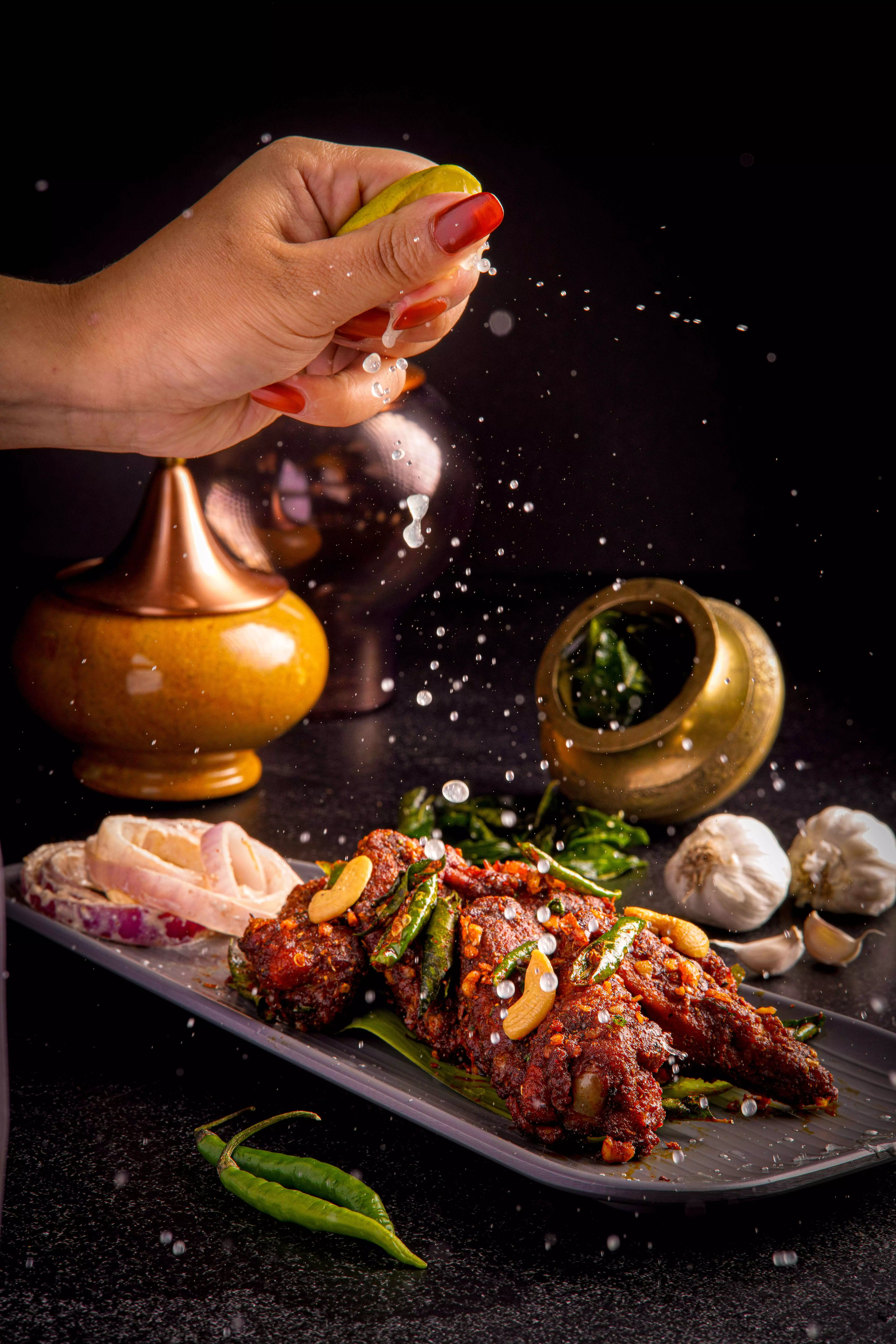The Rise of Telugu Cuisine

A culture's heart can be reached through its cuisine, which is a symphony of flavors that tells the story of its people and their homeland. Telugu cuisine stands out as a vivid masterpiece in India's culinary environment, where each area has its own distinct culinary significance. It captivates the senses with its bold flavors, varied dishes, and rich cultural heritage. While in the last couple of decades South Indian Food was a homogeneous term that was used to describe all the cuisines that came from the states of the south, it is only in recent years that enterprising F&B entrepreneurs have started delving into their own experiences to help food patrons understand the nuances of the various cuisines from South India that exist.
I have decided to champion Telugu cuisine. This is not only because I have grown up savoring this food but also because I see the potential it has to offer unique flavours for a nuanced palate.
Why Telugu Cuisine?
Telugu cuisine arises from the southern Indian states of Andhra Pradesh and Telangana. It is deeply rooted in tradition andthe origin of Telugu food can be traced back to ancient times. Numerous cultures, such as the Kakatiya and Nawabi dynasties, have influenced this cuisine. It is largely influenced by seasons and regional variations and is famous for its spicy taste and flavors. This cuisine stands out due to its vibrant and diverse flavors, textures, and aromas. It is also evolving to embrace modern influences.
Why the revival of traditional recipes from generational Telugu kitchens?
Slow cooking is catching up with the post pandemic slow living trend. And this is a trend that is here to stay. The pandemic brought us back to our culinary roots, ensuring many of us tried our hand at it and were pleasantly surprised at the nutritional value and the delectable taste explosion it brought along with an onslaught of memories from our childhoods. This has caused a lot of the traditional recipes to be revived again,which brings me a lot of delight. To see my children enjoy the same food I did sitting on the floor of my grandmother’s kitchen as she stirred the pots and pans to come up with nothing short of magic...is priceless.
The traditional recipes are resurfacing in homes and restaurants alike introducing lost flavors to a whole new generation.
Telugu cuisine stands out with its simplicity and unique flavors and has quickly caught the imagination of food patrons around the country.
What does Telugu Cuisineoffer?
One of its defining characteristics is its varied spice palate using indigenous spices slow cooked with simple techniques that enhance taste without compromising the overall composition of the dish.
However, if there is one statement that defines Andhra cooking, it would be this one: “Andhra food is spicy!”, But Telugu cuisine caters to a wider spectrum of spice levels throughout its offerings. Having been synonymous with Hyderabad Biryani for quite some time, it is a discovery for many foodies to realize that the cuisine has so much to offer. From the famed Hyderabadi Biryani to Andhra’s Tangy Fish curry, every dish reflects a balance of taste and texture which perfectly describes the region's agricultural diversity. Non-vegetarian favorites like Kodi Vepudu (spicy chicken fry) and RoyyalaIguru (prawn curry) to vegetarian favorites like guttivankayakura (stuffed eggplant curry) and pachipulusu (Tamarind-based soup) are becoming fast favourites.
The regional diversity of Telugu food, influenced by the geographical and cultural terrain of Andhra Pradesh and Telangana, is among its most remarkable features. While Telangana cuisine is recognized for its rustic flavors and substantial meals like Jonna Rotte (sorghum flatbread) and Sarva Pindi, coastal Andhra Pradesh is well-known for its seafood delicacies, such as Chepalapulusu (tangy fish curry) and crab fry.
Some of the simplest yet healthiest recipes are the tomato pepper rasam, ulavacharu, gongurapachadi, Karivepakupodi (curry leaves powder), and Munagakupodi (moringa leaves powder).
For those who enjoy spicy food, even those who aren't big fans of spicy food will find Telugu cuisine to be a culinary paradise because of the abundance of possibilities available, making them want more. but to be more precise, it will be a spice lover's paradise.
From Nostalgia to Nourishment
The new age digital nostalgia posts the pandemic has propelled the traditional recipe trend forward. Giving a sense of meaning and fulfilling a deep desire to connect to one’s roots, it has positively impacted food habits.
People are more interested in their own generational recipes than in fancy fast food. It not only grounds us but also deepens our connection with our own heritage.
Interesting Facts about Telugu Cuisine beyond Hyderabad Biryani
- Andhra Pradesh typically ranks as one of India's top five rice-producing states.
- During summer in Andhra Pradesh, it is customary for every home to make wide arrangements for preparing Avakai or Mango Pickle, which can be stored for the whole year.
- Tamarind, known as "chintapandu" in Telugu, is a staple ingredient in many Telugu dishes. Interestingly, in traditional Telugu cooking, tamarind is used not only to add tanginess but also as a natural preservative and to aid digestion.
- Telugu cuisine boasts "vadiyalu," a variety of sun-dried delicacies such as lentil dumplings, vegetables, and chilies, whose preservation and flavor enhancement are attributed to the traditional sun-drying method.
- Guntur in Andhra Pradesh has Asia’s largest dried red chillimarket.
The article is authored by Teja Chekuri, Managing Partner – UTK (United Telugu Cuisine)

